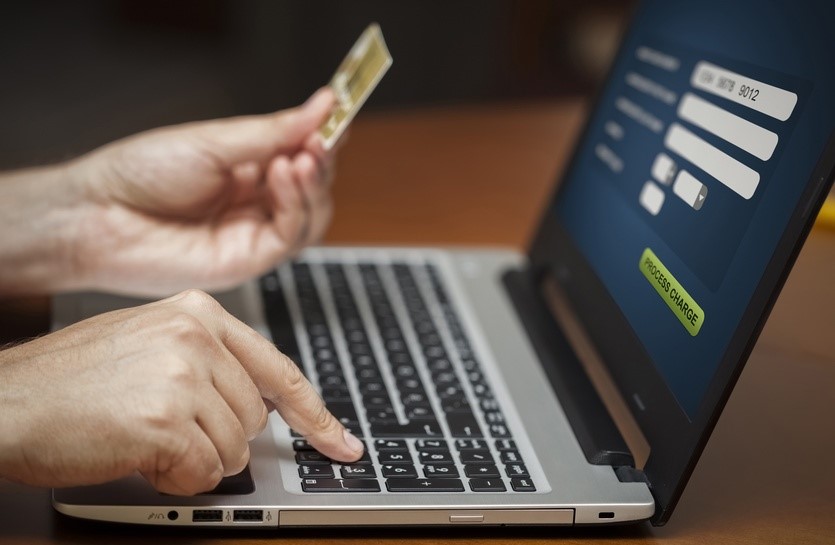Changing Times - The Rise of the Prepaid Meter
Published: 10/04/15
Is the advent of smart technology triggering a real change, not only concerning how customers pay for electricity, water and gas; but also in the type of relationship customers have with their utility supplier?
As blogged previously smart tech enables customers to be better informed about their consumption habits and therefore to become more empowered, taking control of their utility company relationship. This could and perhaps should lead to customers changing tariff (rate), opting for agreements which best match their usage in order to reap a financial reward.
One feature of today's smart utility landscape which is less commonly reviewed is how the roll out of smart meters and customer portals is helping to drive a change in behaviour when it comes to the use of different bill payment methods. Following encouragement by utilities over recent years, many Western countries have seen the popularity of non-cash electronic payments rise, for example: direct debits, standing orders, telephone payments and even self-serve automated kiosks. This changing relationship has been of benefit to all parties, reducing the 'cost to serve' and providing flexibility for customers in terms of when and how much they pay.
Prepaid meters, also referred to as 'Pay As You Go' or even 'key meters' in the long distant past, have been a payment method which has been around for a long period of time. It enables utilities to ensure that customers do not incur debt, only using what has been paid for. It also provides the consumer with a way to budget, safe in the knowledge that they do not need to worry about growing arrears.
Historically to some extent, the use of prepaid meters was often selected as part of a utility debt management strategy, particularly if the meter was located in premises where there was a high turnover of occupiers. Although prepaid suited all parties in such circumstances, it could be said that this may have led to a degree of negative social stigma being associated to prepaid (key) meters. However, such negative perceptions have been dramatically altered in recent years as the popularity of this payment method has grown.
Why is the demand for prepaid meters rising? There are two likely factors:
- The increase in mobile telecommunications 'pay as you go' contracts has made 'prepay' a common feature of many domestic households.
- The advent of online customer portals has made the process of 'topping up' much easier and more accessible. In the past this process would have meant a trip to the local convenience store or post office.
As stated earlier, technology has a role to play in the shift toward paying utility bills in advance via prepaid credit. The data collected from modern smart meters and published on digital customer portals, enables consumers to understand their usage over time. This allows usage trends to be considered / acted upon, which in turn reduces the risk of credit being exhausted at inopportune times. The customer knows when to top up and how long the credit should last.
The market (in the UK) is beginning to hot up too, with consumer champions highlighting the various competitive deals on offer. The increase in commercial activity around prepay underlines its growing popularity as a utility bill payment method. Electricity, gas and water companies are becoming increasingly customer orientated, enabling customers to pay when and by how much they want. Therefore 'pay as you go' will be a feature of utility bills for many years to come and is clearly part of the changing dynamic between customer and utility provider in many countries around the world.
B a c k t o K n o w l e d g e
